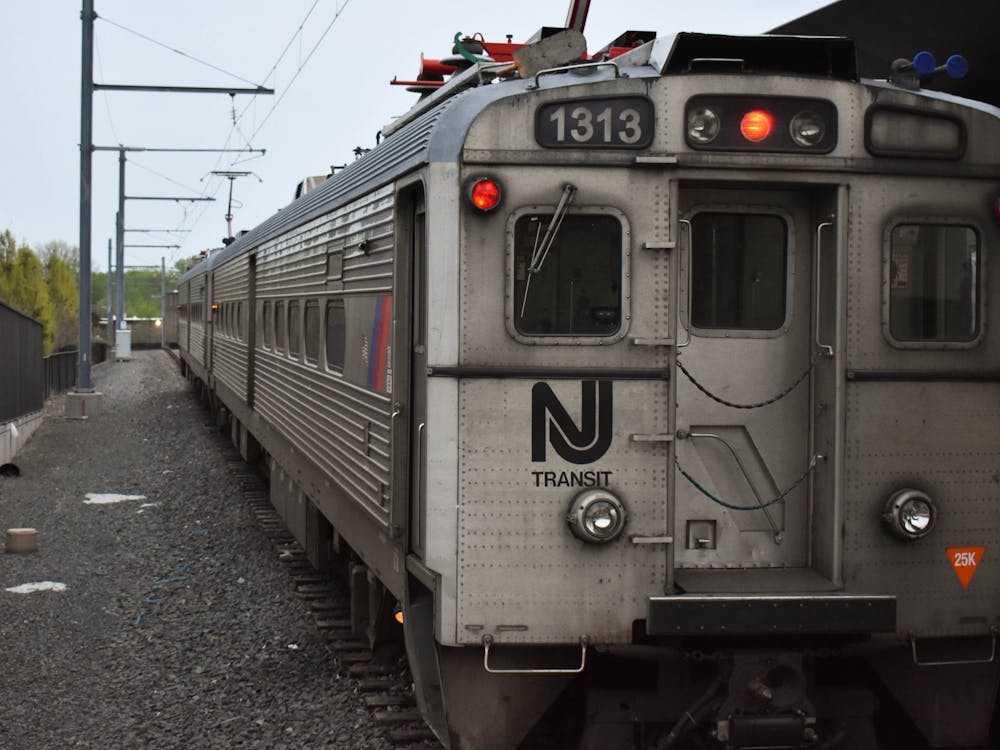The introduction of shared meal plans has been one of the best developments in the working relationship between the University and the Street in recent years. By allowing students to be part of both communities, the program helps create greater integration between the eating clubs and the four-year residential colleges. Moreover, the policy correctly acknowledges that the clubs are an important part of student life at Princeton and attempts to accommodate them within the University’s new residential infrastructure.
It was encouraging last week to see four eating clubs announce that they would increase the number of shared plans they will offer next year. In the past, negotiations over this program have not gone as smoothly: The University negotiated different rates for the plans with each club, which in some cases directly limited the number of plans a club to offer to its members. Along with the mutual willingness to expand the program, the University’s decision to charge a uniform fee to each club is therefore a welcome sign.
In some cases, the availability of these plans makes it easier for upperclassmen to game the system, using them to ensure that they will draw into a desirable room. When this happens, the goal of the program — fostering interaction between upperclassmen and underclassmen in the college community — seems at odds with the desire for convenience and amenities that motivate some students to participate.
But the eating club junior may be just as disconnected from the college community as the freshman who spends all his time in Firestone Library or just as engaged in college life as the sophomore on the residential college council. The four-year colleges should continue to make efforts to incorporate upperclassmen into residential college life, but it is important to keep encouraging upperclassmen to live in the residential colleges regardless of how engaged they are. The program is not perfect, but it is praiseworthy because it acknowledges both the University’s mission for a more unified campus and the continued existence of the Street.
To this end, both the clubs and the University should work to continue increasing the number of shared meal plans available on campus. The best way to achieve this goal would be for the University to further subsidize the shared meal plans; defraying the costs to the clubs would make it easier for them expand their participation in the program. But the University has already decreased the fee for the plans since last year — from roughly $1,000 per plan to $600 — and it is impractical to increase the financial burden on the University at this time.
Instead, the clubs should work to ensure that the opportunities the program currently offers are fully utilized by their members. In some clubs, shared meal plans run out quickly. In others, students assume there are very few plans offered and inaccurately judge their chances of getting one. Clubs should take additional steps to make all members, especially sophomores, aware of the availability of shared meal plans. Active publicity is the best way to increase knowledge about the program, increase its use, and enable students to make the best choices for themselves.







